Home>Interior Design>How Can I Make A Dark Room Brighter? 8 Expert Techniques
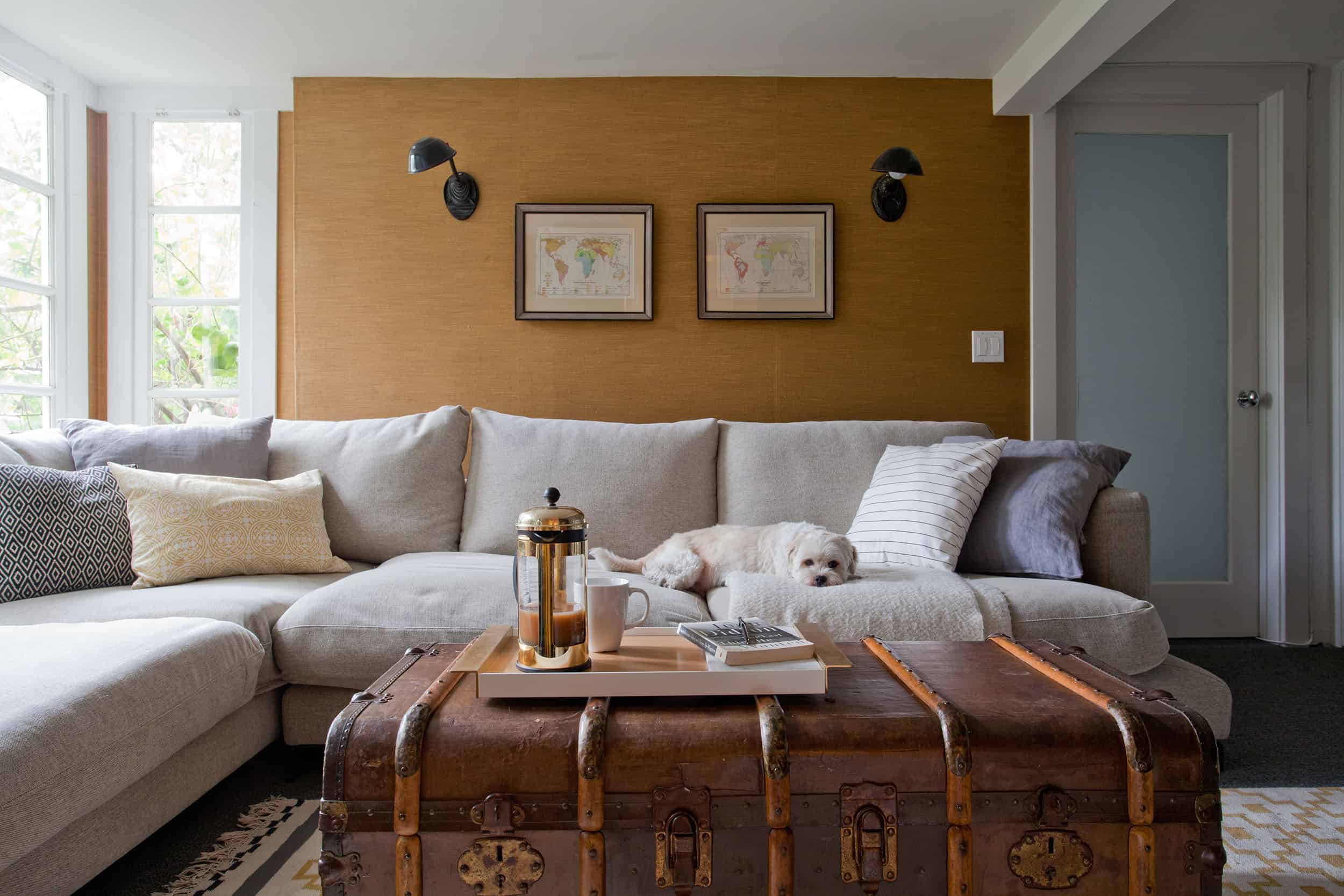

Interior Design
How Can I Make A Dark Room Brighter? 8 Expert Techniques
Modified: August 28, 2024
Learn how to brighten up a dark room with 8 expert interior design techniques. Transform your space and make it feel lighter and more inviting.
(Many of the links in this article redirect to a specific reviewed product. Your purchase of these products through affiliate links helps to generate commission for Storables.com, at no extra cost. Learn more)
Introduction
Welcome to the world of interior design, where creativity meets functionality to transform spaces into beautiful and functional sanctuaries. However, sometimes we encounter a common challenge: a dark room. Dark rooms can feel gloomy and uninspiring, making it difficult to fully enjoy the space. But fear not! In this article, we’ll explore eight expert techniques to make a dark room brighter and more inviting.
Whether you’re dealing with a basement, a windowless room, or simply a space that lacks natural light, these tips will help you bring in more brightness and create a vibrant atmosphere. From optimizing natural light to utilizing artificial lighting strategically, we’ll cover everything you need to know to make your dark room shine.
Before we dive into the techniques, it’s important to note that every room is unique, and what works for one might not work for another. Consider the specific challenges and characteristics of your dark room as you implement these expert techniques. With a little creativity and a keen eye for design, you can transform even the darkest space into a welcoming oasis.
So let’s get started! First, we’ll take a look at how to make the most of natural light.
Key Takeaways:
- Embrace natural light by using lighter paint colors, adding mirrors strategically, and optimizing window treatments to brighten up a dark room and create a vibrant ambiance.
- Utilize artificial lighting through additional fixtures, task lighting, and light-colored furnishings to transform a dark room into a well-lit and inviting space, enhancing both functionality and aesthetics.
Read more: How Can I Make A Room Divider
Natural Light
Natural light has a transformative power that can instantly brighten and open up a space. Here are five techniques to maximize the use of natural light in a dark room:
- Use lighter paint colors: Light-colored walls reflect more natural light, making the room feel brighter and more spacious. Opt for shades of white, beige, or pastel colors to create a fresh and airy ambiance.
- Add mirrors to amplify light: Mirrors are a fantastic tool for increasing natural light in a room. Place them strategically opposite windows or any other light source to reflect and bounce light around the space. Mirrors also create an illusion of depth, making the room appear larger and brighter.
- Optimize window treatments: Choose window treatments that allow maximum light to enter the room. Avoid heavy, light-blocking curtains and opt for sheer or lightweight fabrics instead. These will filter the light while still maintaining privacy.
- Use sheer curtains or blinds: Sheer curtains or blinds are an excellent option for allowing natural light to filter through while still offering some privacy. They diffuse the light, creating a soft and inviting glow in the room.
- Trim or remove obstructing trees or plants: If your dark room is affected by overgrown trees or plants outside the window, consider pruning or removing them. This will allow more sunlight to enter the room and brighten up the space.
By implementing these techniques, you can harness the power of natural light to create a brighter and more vibrant atmosphere in your dark room. However, natural light alone might not always be sufficient. In such cases, artificial lighting can come to the rescue. Let’s explore some techniques for bringing in additional artificial light.
Key Takeaways:
- Embrace natural light by using lighter paint colors, adding mirrors strategically, and optimizing window treatments to brighten up a dark room and create a vibrant ambiance.
- Utilize artificial lighting through additional fixtures, task lighting, and light-colored furnishings to transform a dark room into a well-lit and inviting space, enhancing both functionality and aesthetics.
Read more: How Can I Make A Room Divider
Natural Light
1. Use lighter paint colors
One of the most effective techniques to make a dark room brighter is to use lighter paint colors on the walls. Dark paint colors absorb light, making the room feel smaller and more closed-off. On the other hand, light-colored walls reflect light, creating a sense of brightness and openness.
When choosing paint colors for a dark room, opt for shades of white, beige, light gray, or pastel colors. These hues have a higher light reflective value (LRV) and will help bounce the available light around the room.
If you prefer a neutral color palette, consider shades of off-white or cream. These colors have warm undertones that can add a touch of coziness to the space while still reflecting light. Alternatively, if you want to add a pop of color, choose light and airy shades of blues, greens, or yellows. These colors can bring a refreshing and uplifting vibe to the room.
When planning to paint a dark room, it’s vital to test the paint color before committing. Paint a large swatch on the wall and observe how it looks throughout the day in different lighting conditions. Natural light, artificial light, and the room’s orientation can all affect how the paint color appears.
Additionally, consider using a paint finish with a higher sheen, such as satin or semi-gloss. These finishes reflect more light than matte finishes, adding to the overall brightness of the room.
Remember, choosing lighter paint colors is not just limited to the walls. Consider using light-colored paints for the ceiling, trim, and doors as well. This creates a cohesive and harmonious look that maximizes the reflection of light throughout the room.
By using lighter paint colors, you can visually expand the space and enhance the natural light in a dark room. The room will feel brighter, more inviting, and create a pleasant ambiance for all who enter.
Key Takeaways:
- Embrace natural light by using lighter paint colors, adding mirrors strategically, and optimizing window treatments to brighten up a dark room and create a vibrant ambiance.
- Utilize artificial lighting through additional fixtures, task lighting, and light-colored furnishings to transform a dark room into a well-lit and inviting space, enhancing both functionality and aesthetics.
Read more: How Can I Make A Room Divider
Natural Light
2. Add mirrors to amplify light
Mirrors are magical tools when it comes to brightening up a dark room. They have the power to amplify natural light and create an illusion of space and brightness. By strategically placing mirrors in your room, you can reflect and bounce light around, transforming the atmosphere from dull to radiant.
The best placement for mirrors in a dark room is opposite windows or any other light source. This allows them to capture and reflect incoming light, spreading it throughout the space. You can hang a large mirror on a wall directly across from a window to maximize its light-reflecting effect.
If your room doesn’t have access to natural light, you can still use mirrors to brighten it up. Place mirrors near artificial light sources like lamps or overhead fixtures. The light will bounce off the mirror’s surface, creating a soft and luminous glow.
In addition to reflecting light, mirrors can also create an illusion of depth, making the room appear larger. This is especially beneficial for small and cramped spaces. Consider using mirrors with decorative frames or unique shapes to add visual interest to the room while brightening it up.
Another technique is to use mirrored furniture or accessories. For example, a mirrored coffee table or a mirrored wardrobe can reflect light and create an airy ambiance in the room. These pieces not only serve a functional purpose but also act as stunning decor elements.
When incorporating mirrors into your design, remember to be mindful of what they reflect. Aim to have the mirrors capture visually appealing aspects of the room, such as artwork, a beautiful view, or a focal point. Avoid placing mirrors where they reflect cluttered or unattractive areas, as this can create visual chaos.
By incorporating mirrors into your dark room design, you can harness their reflective power to amplify natural and artificial light. Not only will your room feel brighter, but it will also appear more spacious and visually appealing.
Key Takeaways:
- Embrace natural light by using lighter paint colors, adding mirrors strategically, and optimizing window treatments to brighten up a dark room and create a vibrant ambiance.
- Utilize artificial lighting through additional fixtures, task lighting, and light-colored furnishings to transform a dark room into a well-lit and inviting space, enhancing both functionality and aesthetics.
Read more: How Can I Make A Room Divider
Natural Light
3. Optimize window treatments
Window treatments play a crucial role in controlling the amount of natural light that enters a room. To make a dark room brighter, it’s important to choose window treatments that allow maximum light penetration while still providing privacy and style.
When it comes to optimizing window treatments, consider the following techniques:
- Choose lightweight fabrics: Heavy and opaque curtains or blinds can block out precious natural light. Instead, opt for lightweight fabrics such as cotton, linen, or voile. These materials allow light to filter through while still maintaining a level of privacy.
- Go for sheer curtains: Sheer curtains are an excellent choice for dark rooms. They provide a soft and diffused light effect, creating a dreamy and luminous atmosphere. Sheer curtains can be paired with heavier curtains for versatility, allowing you to control the amount of light at different times of the day.
- Consider roller or Roman shades: Roller or Roman shades are practical alternatives to curtains. They can be easily adjusted to increase or decrease the amount of light entering the room. Opt for light-colored shades to reflect more light into the space.
- Install top-down/bottom-up shades: Top-down/bottom-up shades give you the flexibility to control the privacy and light at different levels of the window. By lowering the top portion of the shade while keeping the bottom part raised, you can allow natural light to enter while maintaining privacy.
- Keep window treatments open during the day: Maximize the amount of natural light by keeping your window treatments open during the day. This allows sunlight to flood into the room, brightening up the space and improving the overall ambiance.
As you select your window treatments, consider the overall style and aesthetic of the room. Choose fabrics and patterns that complement the décor and enhance the natural light effect. Remember to also take into account the size and position of your windows, as well as the angle at which sunlight enters the room throughout the day.
By optimizing your window treatments, you can create a balance between privacy and natural light. The right window treatments will allow sunlight to stream into the room, making it brighter and more inviting.
Key Takeaways:
- Embrace natural light by using lighter paint colors, adding mirrors strategically, and optimizing window treatments to brighten up a dark room and create a vibrant ambiance.
- Utilize artificial lighting through additional fixtures, task lighting, and light-colored furnishings to transform a dark room into a well-lit and inviting space, enhancing both functionality and aesthetics.
Read more: How Can I Make A Room Divider
Natural Light
4. Use sheer curtains or blinds
When it comes to maximizing natural light in a dark room, sheer curtains or blinds are an excellent choice. These window treatments strike a perfect balance between allowing light to filter through and maintaining privacy.
Sheer curtains are made of lightweight and translucent fabrics that let sunlight pass through. Their semi-transparent nature diffuses the light, creating a soft and ethereal glow in the room. Sheer curtains are available in a range of colors and patterns, allowing you to find the perfect style that complements your interior design.
Blinds, specifically those made of sheer materials, can also be used to enhance natural light in a dark room. Sheer blinds combine the functionality of blinds with the light-filtering properties of sheer fabrics. They allow you to adjust the amount of light entering the room while still providing a level of privacy.
One of the advantages of sheer curtains or blinds is their versatility. They can be used on their own, as a layering element with other window treatments, or in conjunction with heavier curtains. Layering sheer curtains or blinds with opaque curtains allows for greater control over the amount of light in the room, depending on your preferences and the time of day.
When selecting sheer curtains or blinds, consider the following tips:
- Choose light-colored sheers: Light colors reflect more light, making the room appear brighter. Opt for white, cream, or pastel-colored sheers to maximize the light reflective properties.
- Consider the fabric density: Sheer fabrics come in different densities, ranging from light to heavy. Medium density sheers strike a balance between privacy and light diffusion, while heavier sheers will provide more privacy but may reduce the amount of light entering the room.
- Pair sheers with curtain rods: Install a double curtain rod system to hang both sheer curtains and heavier curtains. This allows for easy adjustment and flexibility in controlling the amount of light and privacy in the room.
Sheer curtains or blinds add a touch of elegance and flow to a room, while brightening up the space with natural light. They create a welcoming and tranquil atmosphere, perfect for rooms with limited access to sunlight.
With the right choice of sheer window treatments, you can transform your dark room into a luminous oasis that radiates warmth and beauty.
Key Takeaways:
- Embrace natural light by using lighter paint colors, adding mirrors strategically, and optimizing window treatments to brighten up a dark room and create a vibrant ambiance.
- Utilize artificial lighting through additional fixtures, task lighting, and light-colored furnishings to transform a dark room into a well-lit and inviting space, enhancing both functionality and aesthetics.
Read more: How Can I Make A Room Divider
Natural Light
5. Trim or remove obstructing trees or plants
When dealing with a dark room, it’s essential to assess the external factors that might be obstructing natural light from entering the space. Often, overgrown trees or plants outside the window can cast shadows and block sunlight, contributing to the darkness of the room. To maximize natural light, consider trimming or removing these obstructions.
Consult with a professional arborist or landscaper to evaluate the impact of the trees or plants on the room’s natural lighting. They can provide guidance on which branches or foliage to remove without compromising the health or aesthetics of the greenery.
Trimming trees involves selectively pruning branches to allow more sunlight to penetrate the room. This technique not only brightens the space but also helps maintain the beauty and shade provided by the tree. Utilize proper pruning techniques to avoid damaging the tree and encourage healthy growth.
In some cases, it might be necessary to remove a tree or plant entirely if it’s significantly blocking natural light and hindering the overall brightness of the room. Before proceeding with removal, ensure compliance with local regulations and seek professional advice to assess the impact on the surrounding environment.
Additionally, consider the placement and type of plants near windows. If smaller plants or bushes are obstructing sunlight, consider relocating them to another part of the garden to allow for better light transmission. Planting lower-growing or shade-tolerant vegetation can also help maintain privacy without sacrificing natural light.
Remember, it’s important to strike a balance between maximizing natural light and preserving the beauty and privacy offered by trees and plants. Working with a professional can help you find the right solution for your specific situation.
By trimming or removing obstructing trees or plants, you open up the room to more natural light, allowing it to feel brighter and more inviting. You’ll be amazed at the difference that a little pruning or rearranging of foliage can make in transforming your dark room into a well-lit and refreshing space.
Artificial Lighting
While natural light is ideal, sometimes a dark room requires an extra boost of artificial lighting to create a bright and welcoming atmosphere. Here are three techniques to effectively utilize artificial lighting:
- Install additional light fixtures: Adding more light fixtures increases the overall illumination in the room. Consider installing ceiling-mounted lights, wall sconces, or track lighting to distribute light evenly across the space. Experiment with different types of light fixtures to achieve the desired ambiance, from soft and warm lighting to crisp and bright.
- Utilize task lighting: Task lighting is crucial for specific activities that require focused illumination, such as reading, cooking, or working. Place desk lamps, floor lamps, or under-cabinet lighting in areas where you need extra light. This localized lighting not only enhances functionality but also adds depth and dimension to the room.
- Use light-colored furniture and accessories: Light-colored furniture and accessories can reflect and diffuse artificial light, maximizing its impact. Opt for pieces with lighter upholstery, such as sofas, chairs, and curtains, to bounce light around the room. Additionally, incorporate metallic or mirrored accents to amplify brightness and add a touch of glamour.
When choosing artificial light sources, consider the color temperature of the bulbs. Bulbs with a higher color temperature, such as cool white or daylight, emit a whiter and brighter light, ideal for task-oriented areas. On the other hand, bulbs with a lower color temperature, such as warm white or soft white, produce a softer and warmer glow, suitable for creating a cozy and inviting ambiance.
Utilize a combination of overhead lighting, task lighting, and ambient lighting to create layers of light in the room. This will allow you to adjust the lighting levels based on the time of day and your desired mood. Dimmer switches can also be installed to provide full control over the intensity of the artificial lighting.
Remember to strategically position light fixtures and consider their placement in relation to mirrors and reflective surfaces. By placing lights near these surfaces, you can amplify their effect and further enhance the brightness of the room.
By effectively utilizing artificial lighting, you can transform a dark room into a well-lit and inviting space. The right combination of light fixtures, task lighting, and light-colored furnishings will create a vibrant and lively ambiance, making your room a joy to be in at any time of the day.
Artificial Lighting
6. Install additional light fixtures
When it comes to brightening up a dark room, adding more light fixtures is a key technique to consider. Additional light fixtures increase the overall illumination in the room, making it feel brighter and more inviting. Here are a few tips on how to effectively install and utilize additional light fixtures:
Ceiling-mounted lights: Installing ceiling-mounted lights is an excellent way to distribute light evenly across the room. Choose fixtures that provide ample brightness and select bulbs with the appropriate color temperature to achieve your desired lighting effect. Additionally, consider installing dimmer switches to have control over the intensity of the lighting and create different moods in the space.
Wall sconces: Wall sconces are not only functional but can also add a touch of elegance to your room. Install them strategically to provide additional light while enhancing the overall ambiance. Whether positioned on either side of a mirror, flanking a piece of artwork, or placed at key spots in the room, wall sconces can contribute significantly to the brightness and style of the space.
Track lighting: Track lighting offers versatility in directing light to specific areas of the room. It consists of multiple adjustable fixtures attached to a track, allowing you to position the lights where they are most needed. This type of lighting is particularly beneficial for highlighting certain features, such as artwork or architectural details, while also providing general illumination.
Pendant lights: Pendant lights are a stylish and functional addition to a dark room. These fixtures hang from the ceiling and can serve as a focal point while providing focused light. Install pendant lights above a dining table, kitchen island, or in a reading nook to create a well-lit and visually appealing space.
When installing additional light fixtures, consider the size and layout of the room. It’s important to strike a balance between providing sufficient lighting and avoiding overcrowding the space. Consider consulting with a lighting professional to help you determine the ideal placement for each fixture based on the room’s dimensions and your specific lighting needs.
Remember to select light fixtures that complement the overall design style of the room. Whether you opt for sleek and modern fixtures or elegant and traditional ones, choosing fixtures that align with your design aesthetic will ensure a cohesive and visually pleasing look.
By installing additional light fixtures strategically, you can transform a dark room into a well-lit and inviting space. The combination of ceiling-mounted lights, wall sconces, track lighting, or pendant lights will not only provide the necessary illumination but also enhance the overall aesthetic and functionality of the room.
Artificial Lighting
7. Utilize task lighting
Task lighting is a key element in brightening up a dark room and providing focused illumination for specific activities. It helps create well-lit areas that enhance functionality and bring a sense of warmth and ambiance to the space. Here are some tips on effectively utilizing task lighting:
Desk or table lamps: Place desk or table lamps in areas where you need concentrated light for tasks such as reading, studying, or working. Adjustable lamps with swivel heads or adjustable arms offer flexibility in directing the light exactly where you need it. Choose lamps with shades that provide ample light diffusion while still allowing enough brightness for your tasks.
Floor lamps: Floor lamps are versatile lighting options that can be used to illuminate specific corners or areas of the room. They provide both ambient lighting and task lighting, depending on the direction and angle of the lamp. Position them near seating areas, sofas, or reading nooks to create a cozy and well-lit space for relaxation.
Under-cabinet lighting: In areas like the kitchen or workspace, under-cabinet lighting can be extremely useful. Install LED strips or puck lights under kitchen cabinets or shelves to provide direct and focused light for tasks such as food preparation or reading recipes. This type of task lighting not only adds functionality but also adds a touch of sophistication to the room.
Wall-mounted task lights: Wall-mounted task lights are perfect for areas where you need hands-free lighting, such as above workbenches or in home offices. These lights can be adjusted and angled to provide direct illumination to specific work areas, reducing shadows and maximizing productivity.
When utilizing task lighting, consider the color temperature and brightness of the bulbs. Cooler color temperatures, such as daylight or cool white, are ideal for areas where detail-oriented tasks are performed, as they mimic natural daylight. Warmer color temperatures, such as soft white or warm white, create a cozy and relaxed atmosphere in areas designated for reading or relaxation.
Remember to coordinate the style of your task lighting with the overall design of the room. Choose lamps or fixtures that complement the existing décor and add visual interest and cohesion to the space. Task lighting can serve as decorative elements as well, enhancing both functionality and aesthetics.
By incorporating task lighting in your room design, you can create well-lit and functional areas that add depth and character to the space. Whether you’re reading a book, working on a project, or enjoying a meal, task lighting will ensure that you have the right amount of light for your specific activities.
Artificial Lighting
8. Use light-colored furniture and accessories
When trying to brighten up a dark room, one effective technique is to incorporate light-colored furniture and accessories into the space. Light-colored surfaces have the ability to reflect and amplify artificial light, creating a brighter and more open atmosphere. Here are some tips on using light-colored furnishings and accessories:
Sofas and chairs: Choose upholstery in light and neutral tones, such as white, cream, beige, or pastel shades. Light-colored sofas and chairs not only reflect light but also create a sense of spaciousness in the room. You can enhance the visual impact by adding colorful throw pillows or blankets for a pop of contrast and personality.
Curtains and drapes: Opt for light-colored curtains or drapes that allow natural light to filter through. Sheer or semi-sheer fabrics are ideal for maximizing the brightness while still maintaining privacy. Light-colored window treatments add softness and airiness to the room, creating an inviting and well-lit atmosphere.
Light-colored rugs and carpets: Choose area rugs or carpets in light tones to brighten up the floor and reflect light around the room. Light-colored flooring not only makes the space appear larger but also enhances the overall brightness of the room. Avoid dark, heavy rugs that can absorb light and create a heavier visual impact.
Lighting fixtures and lampshades: Opt for light-colored lampshades and lamp bases to enhance the reflection of artificial light. Light-colored shades allow light to pass through more easily, creating a soft and warm ambiance. Consider using metallic finishes, such as brass or chrome, which can reflect light and add a touch of elegance to your space.
Accent pieces and accessories: Incorporate light-colored accent pieces and accessories, such as vases, picture frames, and artwork. These items reflect light and add visual interest to the room. Consider using mirrors with light-colored frames to not only brighten up the space but also create the illusion of larger dimensions.
When decorating with light-colored furniture and accessories, it’s important to find a balance. Mix in different textures and materials to add depth and interest to the room. Incorporate pops of color through pillows, artwork, or decorative items to create a visually appealing and well-balanced space.
Additionally, ensure that your artificial lighting is sufficient to properly highlight and showcase your light-colored furnishings and accessories. Proper lighting will enhance their impact and contribute to the overall brightness of the room.
By utilizing light-colored furniture and accessories, you can enhance the reflection of both natural and artificial light, making even the darkest room feel brighter and more inviting. Embrace the power of light and bring a sense of freshness and openness to your space with these light-infused design elements.
Conclusion
Transforming a dark room into a brighter and more inviting space is possible with the right techniques and design choices. By incorporating the expert techniques mentioned in this article, you can maximize natural light and effectively utilize artificial lighting to create a well-lit and vibrant ambiance.
Start by embracing natural light and making the most of it with lighter paint colors that reflect and amplify brightness. Add mirrors strategically to reflect light and create an illusion of space. Optimize window treatments by choosing lightweight fabrics, sheer curtains, or blinds that allow light to filter through while maintaining privacy.
When it comes to artificial lighting, installing additional light fixtures like ceiling-mounted lights, wall sconces, track lighting, or pendant lights can significantly brighten up the room. Utilize task lighting, such as desk lamps, floor lamps, or under-cabinet lighting, to provide focused illumination for specific activities.
Lastly, incorporate light-colored furniture and accessories to reflect and amplify artificial light, creating a brighter and more open atmosphere. By using upholstery, curtains, rugs, and accessories in light tones, you can enhance the overall brightness of the room.
Remember that each room is unique, and what works in one space may not work in another. Take into consideration the specific characteristics of your dark room, such as its size, layout, and natural light sources, and adjust the techniques accordingly to suit your needs best.
By applying these expert techniques and infusing your personal style, you can transform your dark room into a bright, welcoming, and visually pleasing space. Enjoy the benefits of a well-lit environment that not only enhances your mood but also allows you to fully utilize the room for various activities.
As you embark on this design journey, don’t forget to experiment, be creative, and trust your instincts. Embrace the power of light and design to create a beautiful and illuminated haven that you will delight in every time you step into the room.
Frequently Asked Questions about How Can I Make A Dark Room Brighter? 8 Expert Techniques
Was this page helpful?
At Storables.com, we guarantee accurate and reliable information. Our content, validated by Expert Board Contributors, is crafted following stringent Editorial Policies. We're committed to providing you with well-researched, expert-backed insights for all your informational needs.
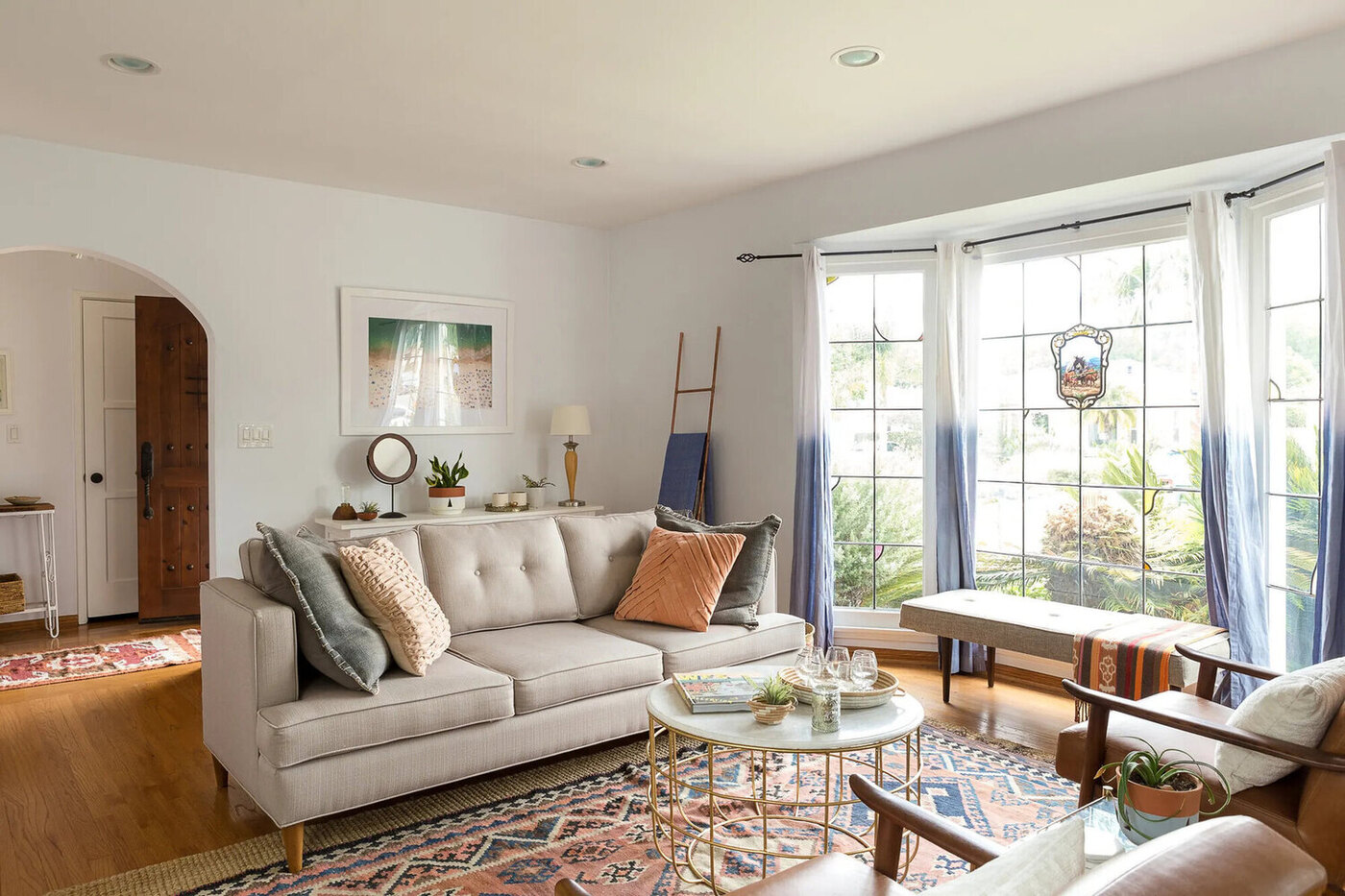
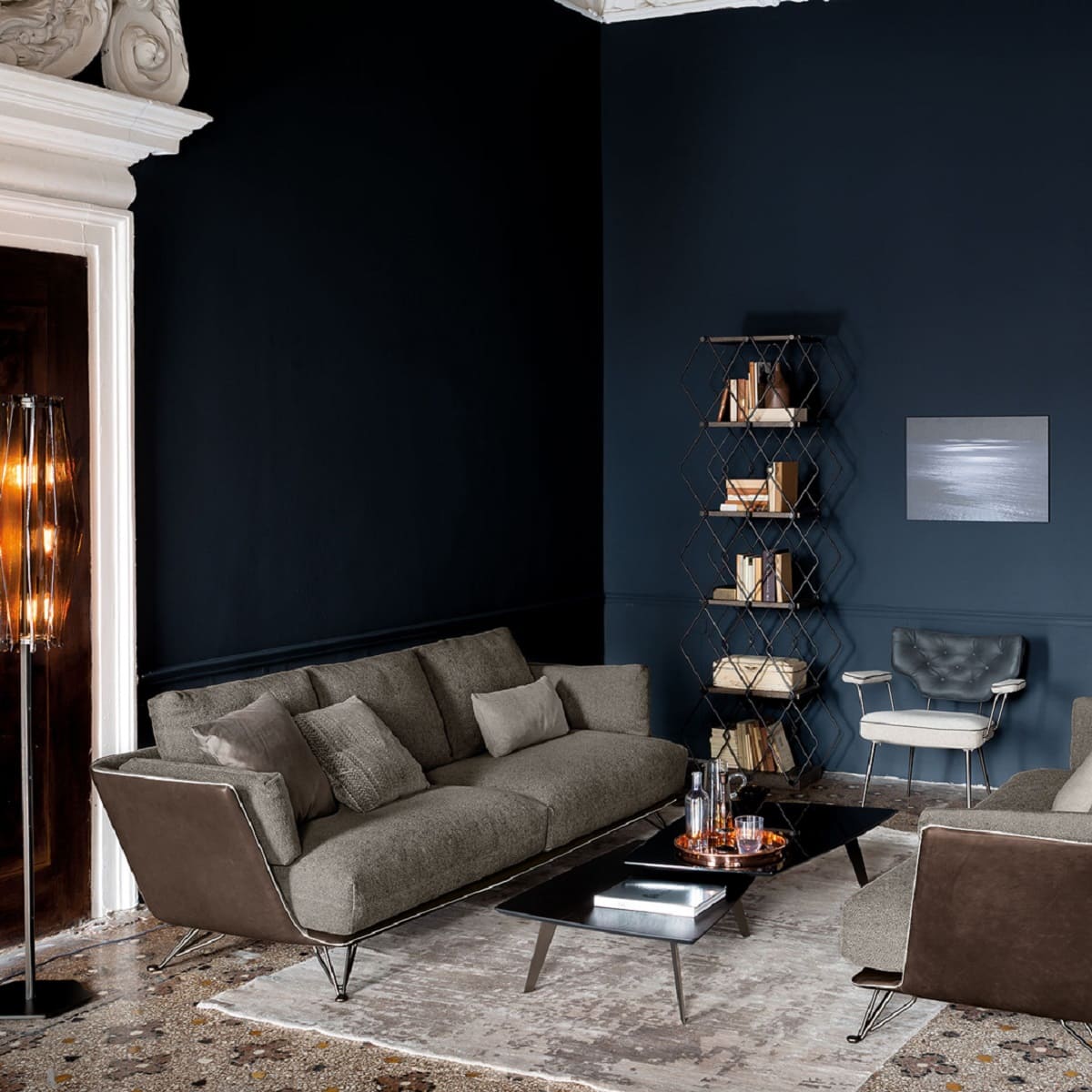

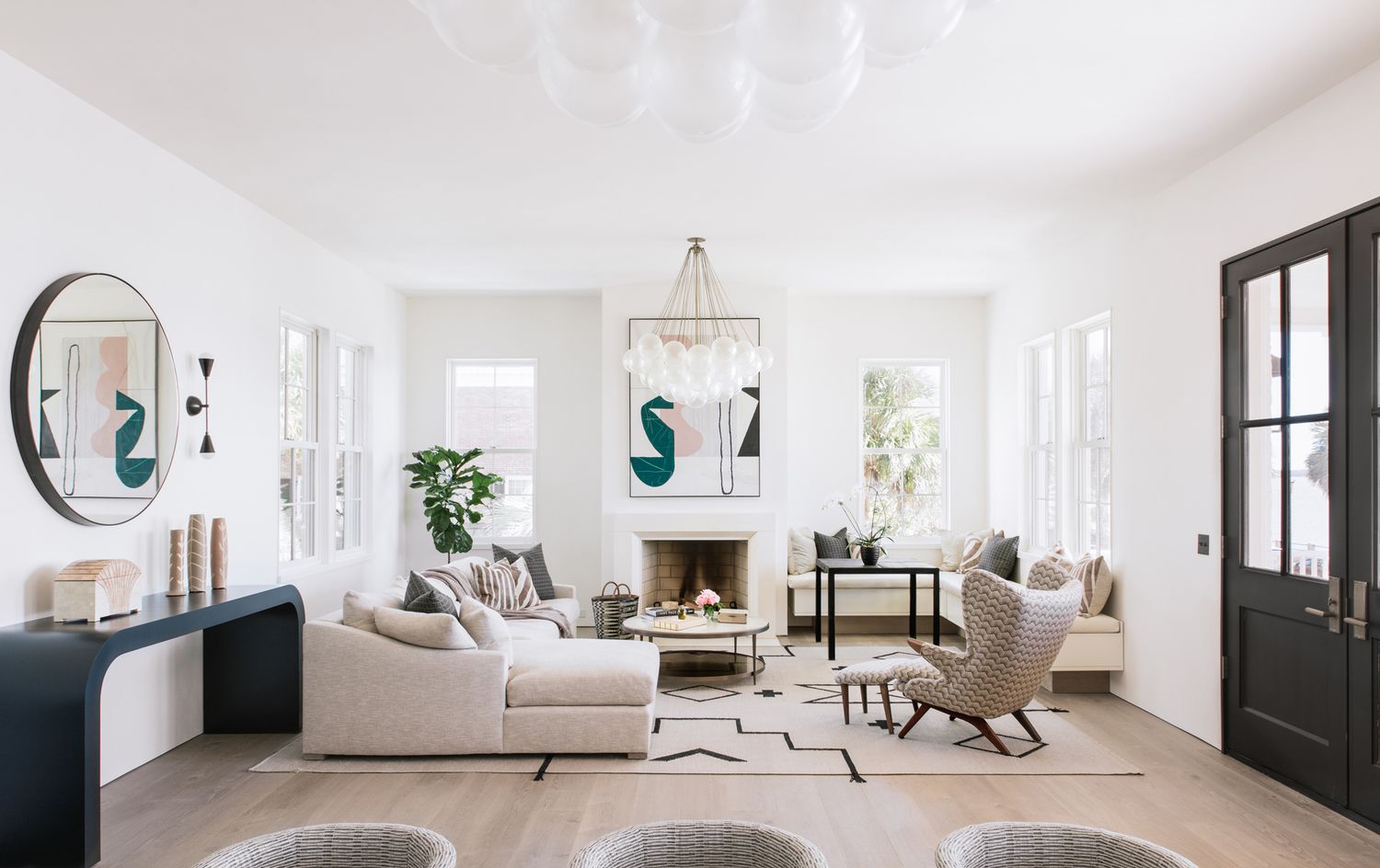
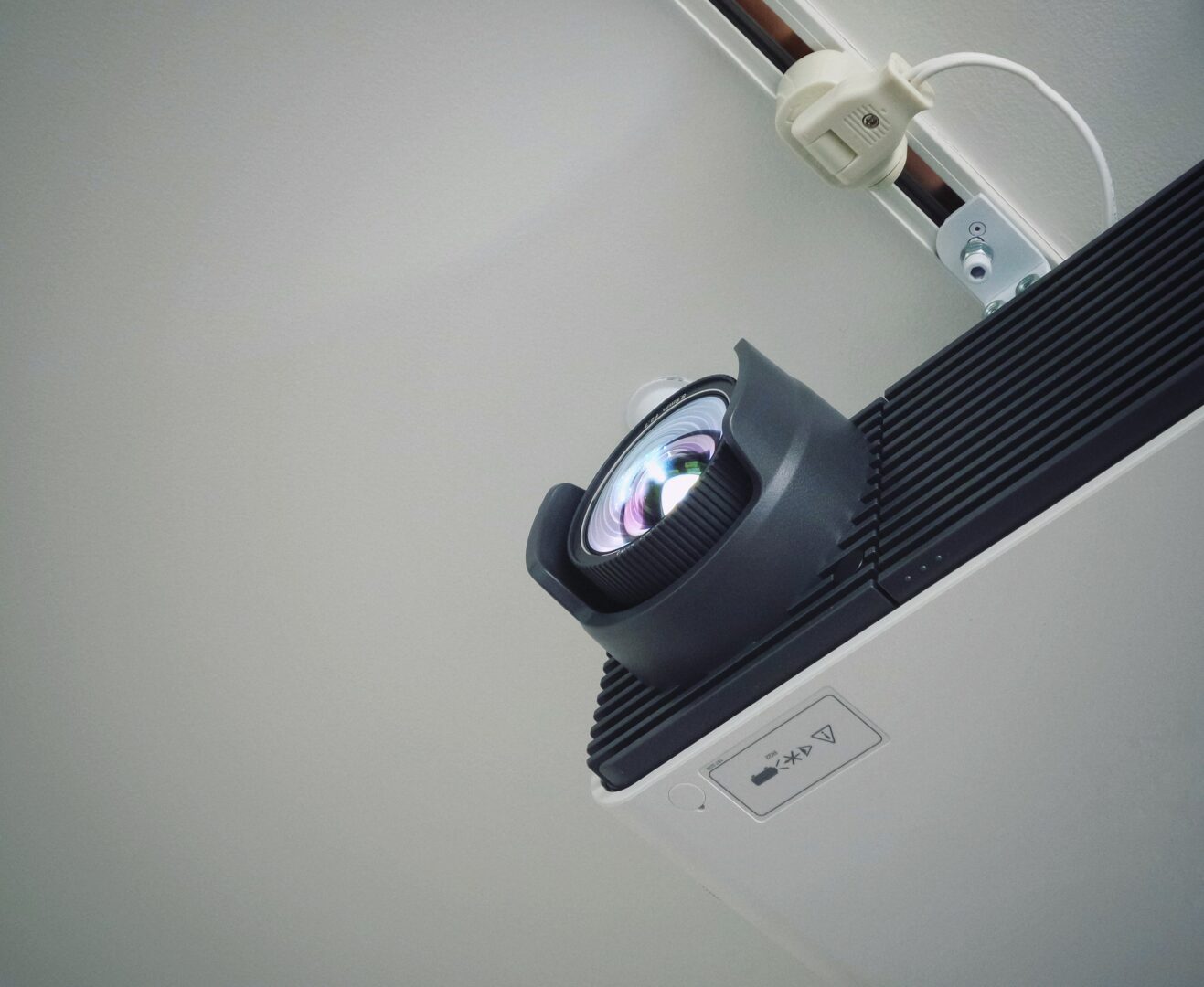
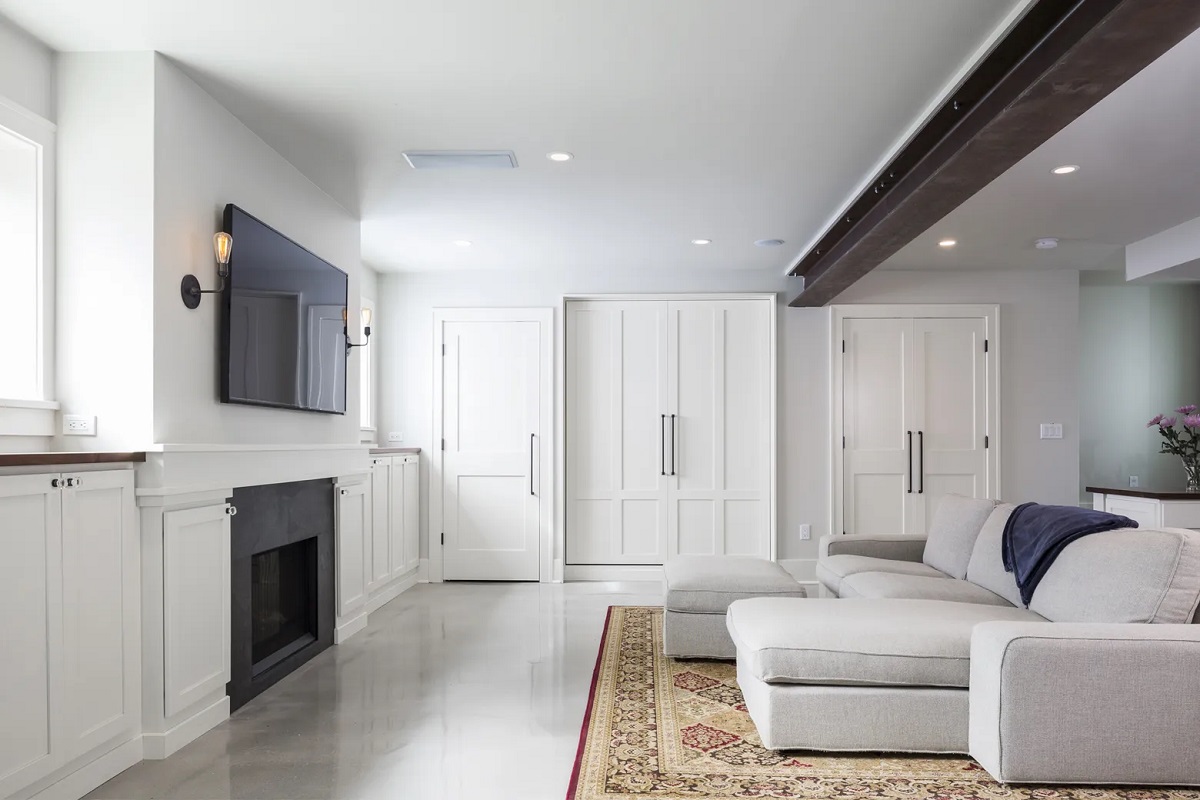

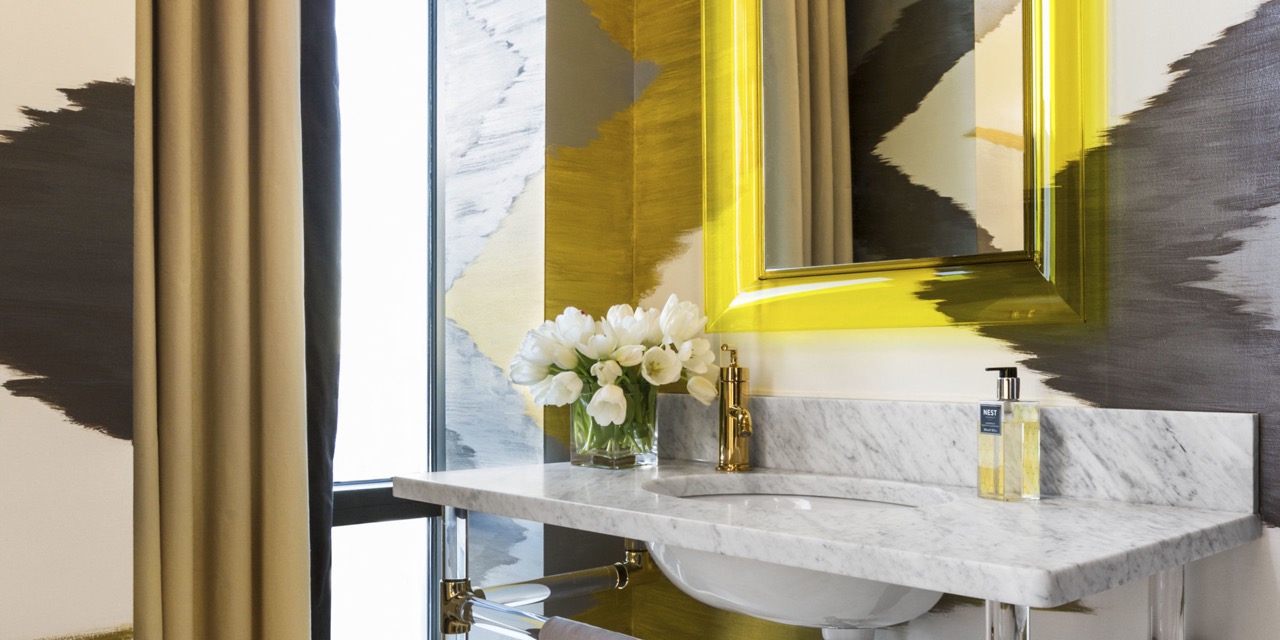
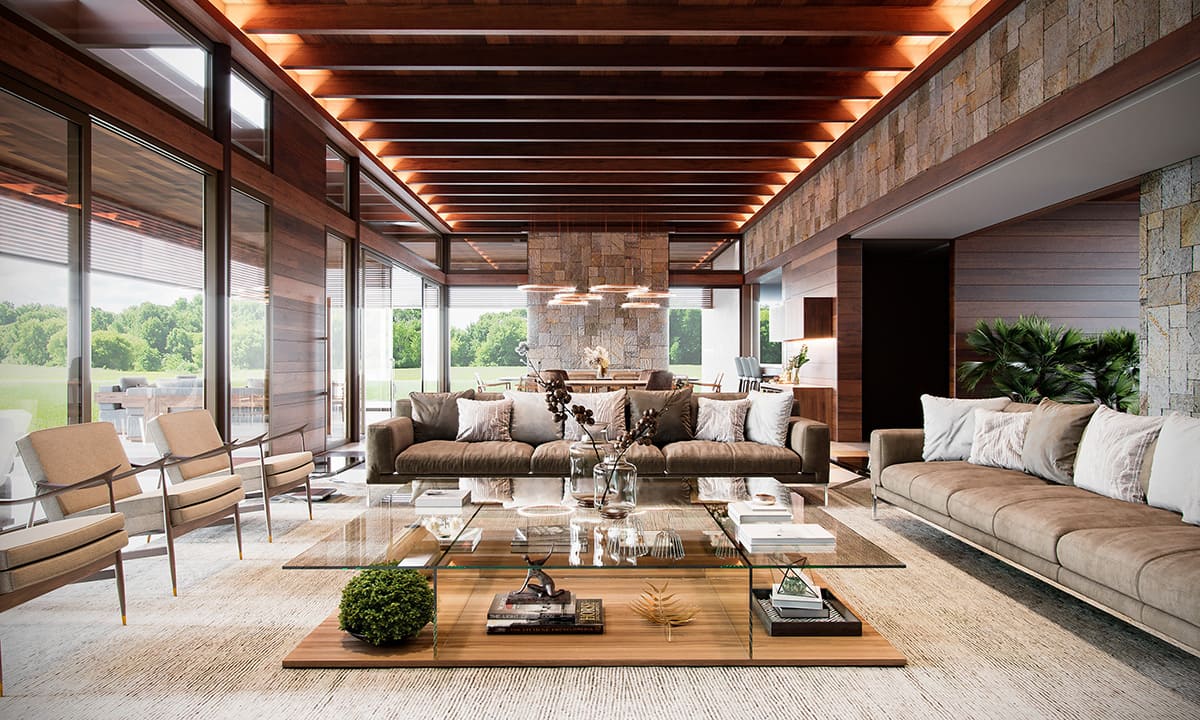
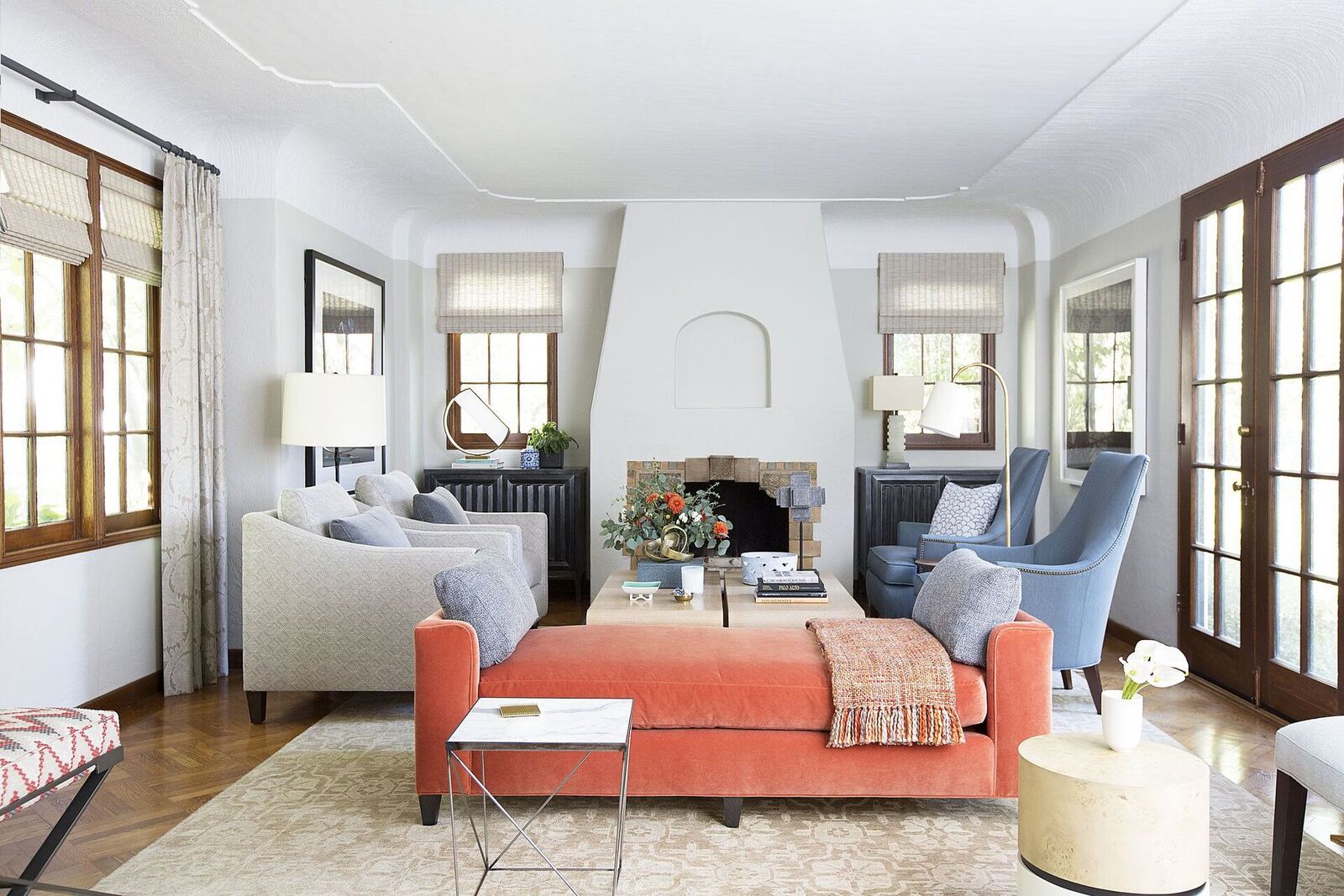
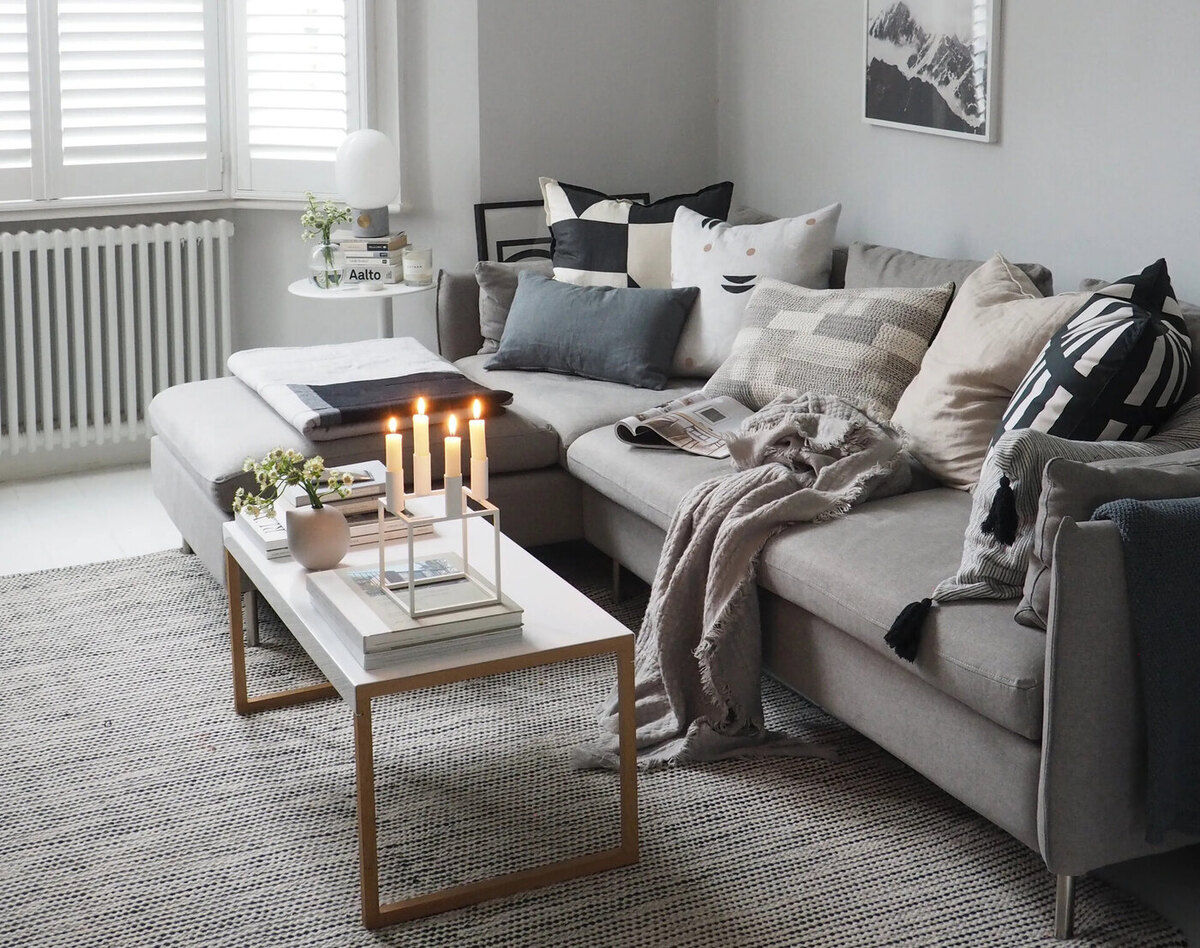

0 thoughts on “How Can I Make A Dark Room Brighter? 8 Expert Techniques”